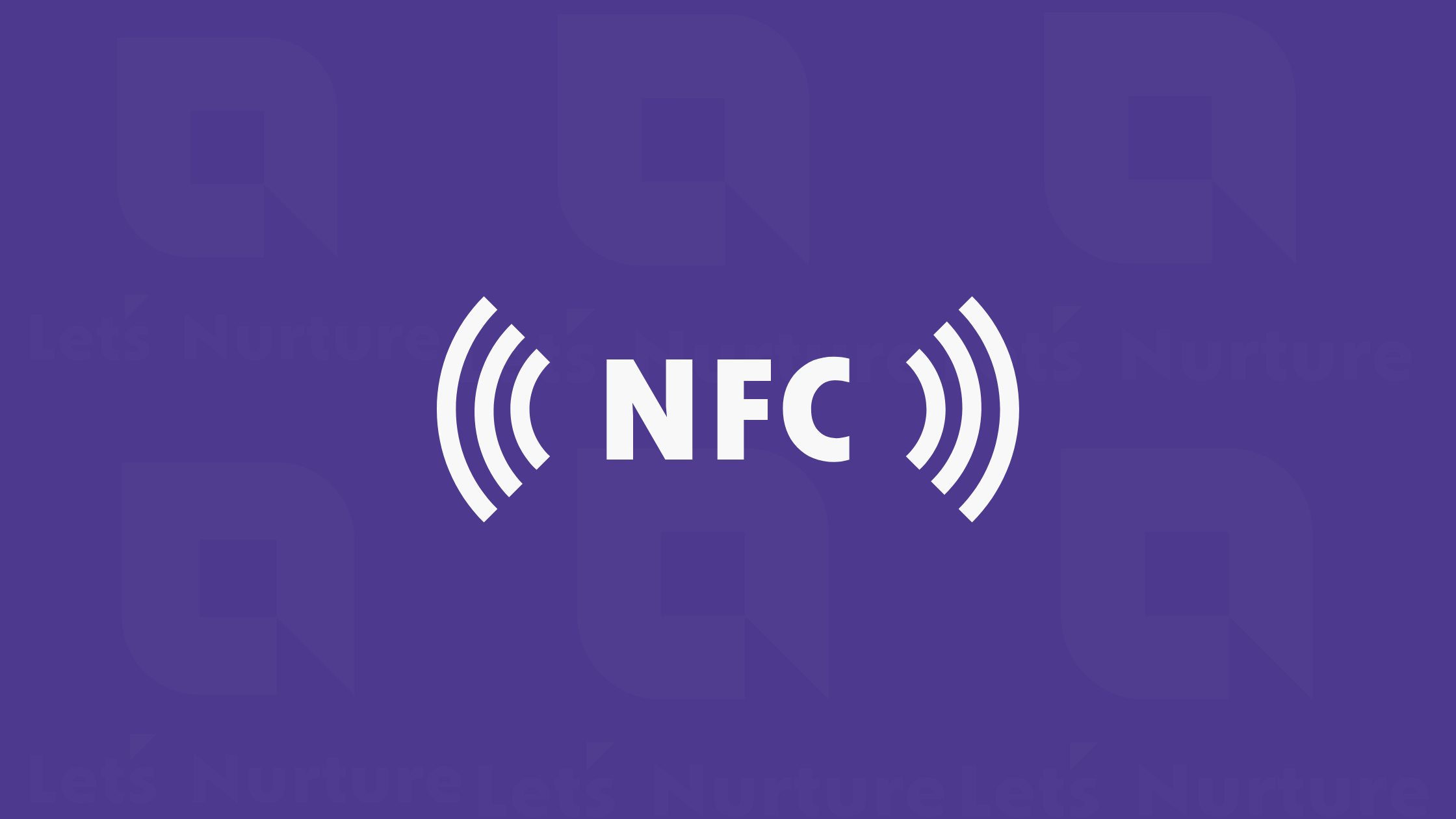- Tech Services

Concept Development
- Industry
- Emerging Tech
- Generative AI Hub
- Blog
- Contact Us

NFC App Development for Public Transportation: The Future of Ticketing and Payment
In Lets Nurture
03
Feb. 23612
VIEWSIntroduction
As the global population surpasses 8 billion, the migration to urban and metropolitan areas continues to rise. Digitization is also playing a growing role in our daily lives and activities, making life more convenient and accessible.
To enhance the livability of cities, improvements in public transportation are necessary. With the help of modern technologies, complex demands can be met. For instance, tickets for public transit, sports, and cultural events are increasingly being replaced by mobile tickets utilizing NFC technology. Long distance travel and aviation are also embracing NFC, using smartphones or wearables for reading, sending, and verifying electronic information.
While the growth of NFC technology has been slow in some regions, it’s widely adopted in Europe and Asia. Despite lagging behind predictions in the US, people are gravitating towards the contactless payment method, especially in Japan and South Korea.
This article provides a comprehensive overview of the utilization of NFC technology in public transportation and its future potential for payment and ticketing purposes.
What is NFC?
NFC, or Near Field Communication, is a wireless connectivity technology that allows for quick and easy two-way interactions between electronic devices. It enables data exchange, contactless payments, and other transactions without the need for a physical connection or internet access.
NFC technology is also available through NFC mobile apps, making it simple for consumers to perform contactless transactions, access digital content, and connect NFC-enabled devices with just a single touch. In addition, NFC simplifies the setup of longer-range wireless technologies such as Bluetooth and Wi-Fi.
How Does NFC Work?
Before a journey, passengers can use NFC mobile apps to check prices online, purchase a ticket, book a seat, pay for parking, and download the ticket onto their phone. Upon arrival at the station, they can park their car by tapping their phone on an NFC terminal at the gate. To start their journey, they simply tap their phone on an NFC terminal to redeem their ticket and board the train. At the end of the journey, they tap their phone at the exit gate to complete their travel.
NFC mobile apps can support multiple payment options, including credit and debit cards, travel passes, and pre-paid tickets, making it easier for customers to pay for various modes of transportation without having to deal with cash or wait in long lines. The technology also benefits operators by reducing expenses on cards and tokens, providing unique patron identification, reducing staffing and cash handling requirements, and improving patron identification.
Applications of NFC in Public Transportation
NFC technology can be used in several ways in public transportation, including:
- Ticketing: Passengers can purchase and validate their tickets using their NFC-enabled devices.
- Contactless Payments: NFC enables passengers to make payments for tickets, snacks, and other onboard services directly from their devices.
- Fare Collection: NFC can collect fares from passengers and improve the efficiency of fare collection processes.
- Passenger Information: NFC can provide real-time information to passengers, such as schedules, route maps, and travel updates.
- Customer Loyalty Programs: Public transportation providers can use NFC to offer loyalty programs and rewards to their customers
- Access Control: NFC can control access to restricted areas within public transportation systems, such as train platforms or bus lanes.
Overall, the applications of NFC in public transportation are vast and can improve the efficiency, convenience, and security of the transportation system for passengers and operators alike.
Benefits of NFC in Public Transportation
There are several reasons why NFC is a good choice for public transportation:
- Convenience: NFC allows for quick and easy ticket purchases and validations as passengers tap their devices on an NFC reader.
- Efficiency: The use of NFC reduces queue times and speeds up the boarding process, making public transportation more efficient.
- Security: NFC transactions are secure and protected by encryption, reducing the risk of fraud and ensuring the safety of personal information.
- Contactless Payments: NFC enables contactless payments, eliminating the need for cash or card transactions and making the payment process faster and more convenient.
- Data Collection: NFC can collect valuable data, such as passenger behaviour, ticketing information, and travel patterns, which can be used to improve public transportation services.
- Reduced Costs: Using NFC eliminates the need for paper tickets, reduces printing and distribution costs, and improves the sustainability of public transportation.
Therefore, NFC offers many benefits for public transportation, making it a highly attractive solution for ticketing and payment systems.
Future of NFC App Development for Public Transportation
The future of NFC technology in public transportation is bright and its evolution and improvement is expected to continue. Some of the latest trends and advancements in NFC app development for public transportation include:
Wider Adoption: With an increasing number of NFC-enabled devices in the market, the use of NFC in public transportation is expected to grow even more in the coming years. Integration with Other Technologies: NFC is likely to be integrated with other technologies such as Bluetooth, iBeacon, and BLE to provide a more seamless and integrated passenger experience.
Integration with Other Technologies: NFC is likely to be integrated with other technologies such as Bluetooth, iBeacon, and BLE to provide a more seamless and integrated passenger experience.
Enhanced Security: Security remains a top priority, and the use of NFC is expected to become even more secure with the use of advanced encryption and secure element technologies.
Increased Efficiency: The use of NFC is expected to bring more efficiency to public transportation, reducing boarding times, improving fare collection processes, and lowering costs.
New Applications: The development of new NFC-based applications such as mobile ticketing, real-time passenger information, and contactless payments are expected to further boost the popularity of NFC technology in public transportation.
End Note
The future of transportation will rely heavily on a flexible and diverse ticketing system. Service providers must be prepared to support new smart cards and mobile devices. To ensure a quick implementation, NFC technology is used in gateless transportation ticketing systems.
It is crucial to adopt open standards to maintain flexibility and allow for effective development by multiple transportation providers. Mobile app development also plays a crucial role in the success of NFC in public transportation, as it provides a convenient and accessible platform for passengers to access and use NFC services.
Today, a number of public transportation organizations worldwide have experimented with and put into practice the use of NFC-capable mobile devices. Only transportation firms with flexible and secure ticketing systems are able to operate in a future-focused manner.
A well-implemented mobile NFC App solution could offer a compelling experience that will encourage patrons for greater use of public transport.




